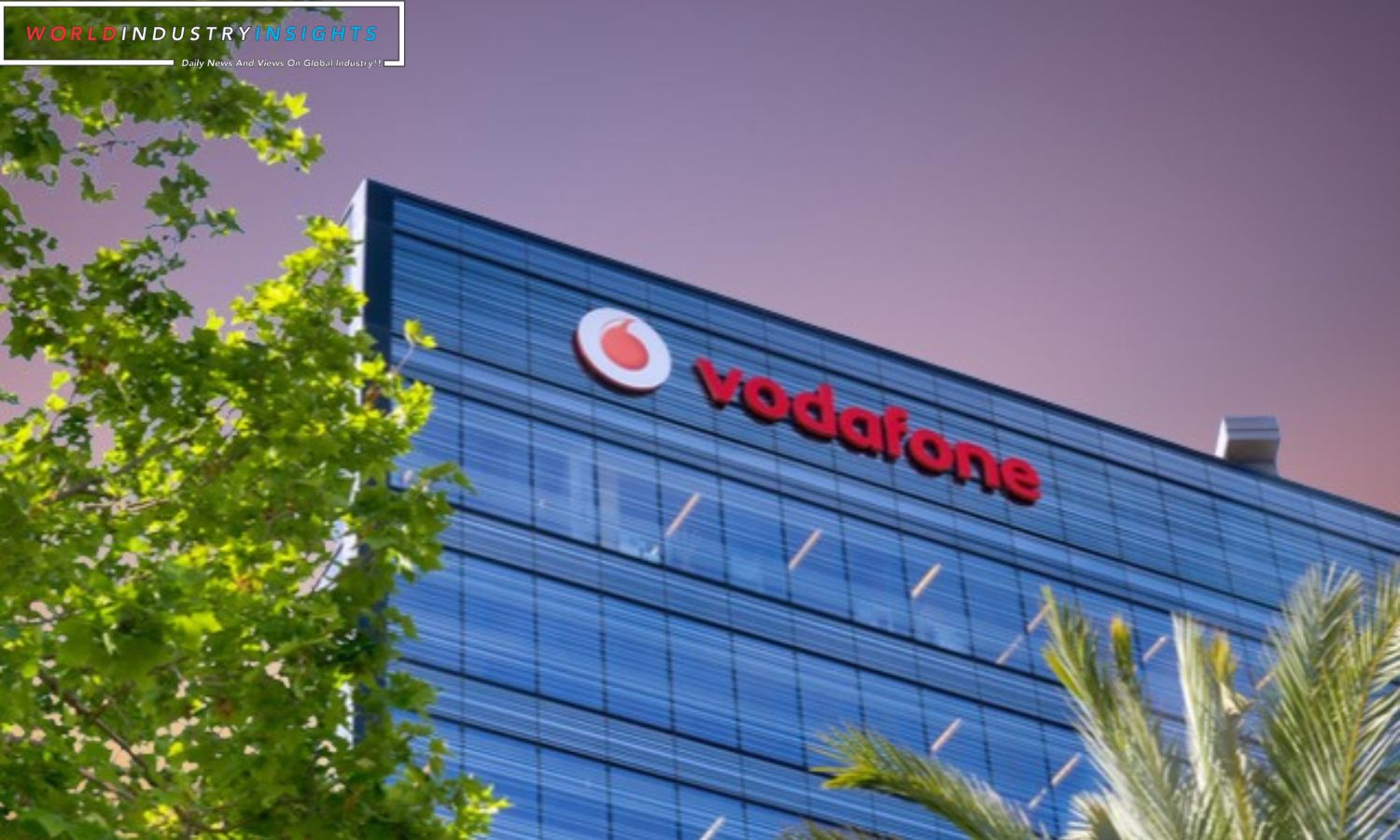Vodafone Strategic Shake-Up: In the ever-evolving world of telecommunications, Vodafone is making significant moves. The company is set to sell its Spanish business to Zegona Communications for a hefty 5.3 billion, marking the second major deal orchestrated by its new CEO, Margherita Della Valle. Under her leadership, Vodafone is on a mission to restructure and boost profitability, focusing resources on markets with sustainable structures.
Della Valle, Vodafone’s CEO since April, has worked hard to improve performance. As a telecom powerhouse, the firm has struggled with slow growth in mature areas. To boost UK competition and investment, she announced the long-awaited £15 billion merger of Vodafone’s UK mobile operations with CK Hutchison.
The Spanish transaction is part of a broader strategy to streamline Vodafone’s assets. This decision follows a tumultuous period that saw the company’s shares hit 20-year lows, along with Della Valle’s announcement of 11,000 job cuts earlier this year.

Also Read: Vodafone Amazon Project Kuiper 5G Alliance: A New Frontier in Global Connectivity
In this transformative move, Zegona Communications, a British firm with a track record in the Spanish telecoms market, will fund the deal primarily through new debt and Vodafone financing. Currently holding the third position in the Spanish telecom sector, Vodafone has been grappling with intense competition from industry heavyweights like Telefonica and Orange. The latter is in the process of merging with the fourth-largest player, MasMovil.
Vodafone’s struggles to grow in the fiercely competitive Spanish market prompted Della Valle to initiate a strategic review of the Spanish unit, ultimately leading to this significant deal.
For Zegona, this marks its third venture in Spain, following successful turnarounds at Telecable and Euskaltel. With their clear strategy and proven track record, they are optimistic about creating substantial value for shareholders. The telecom industry continues to witness dynamic shifts, and Vodafone’s latest move is a testament to its commitment to staying competitive and profitable in a challenging landscape.

